sexta-feira, janeiro 24, 2020
Churchill morreu há 55 anos
Postado por
Fernando Martins
às
00:55
0
bocas
![]()
Marcadores: charutos, cortina de ferro, Hitler, I Guerra Mundial, II Grande Guerra, II Guerra Mundial, literatura, Partido Conservador, pintura, Prémio Nobel, Primeira Guerra Mundial, Winston Churchill
quinta-feira, janeiro 23, 2020
Manet nasceu há 188 anos
Postado por
Fernando Martins
às
18:08
0
bocas
![]()
Marcadores: arte moderna, Édouard Manet, França, impressionismo, pintura
O sismólogo e geofísico Andrija Mohorovicic nasceu há 163 anos
Postado por
Fernando Martins
às
16:30
0
bocas
![]()
Marcadores: Croácia, Crusta, descontinuidade de Mohorovicic, geofísica, Manto, Meteorologia, Moho, Mohorovicic, sismologia
Munch morreu há 76 anos
- Depois da Revolução Cultural Chinesa, Munch foi o primeiro artista ocidental cujas obras foram exibidas na Galeria Nacional de Pequim.
- Alguns historiadores de arte consideram que o tom avermelhado de fundo no quadro O Grito, reflete o efeito na atmosfera, ao entardecer, depois da erupção do vulcão indonésio Cracatoa, em 1883.
- O quadro O Grito foi roubado diversas vezes. Em 31 de agosto de 2006 a polícia norueguesa anunciou a sua recuperação em condições normais.
Postado por
Fernando Martins
às
07:06
0
bocas
![]()
Marcadores: Edvard Munch, expressionismo, Noruega, O Grito, pintura
O ator Richard Dean Anderson, o MacGyver original, faz hoje setenta anos!
Postado por
Fernando Martins
às
07:00
0
bocas
![]()
Marcadores: actor, MacGyver, Richard Dean Anderson
O batiscafo Trieste desceu ao ponto mais fundo dos oceanos terrestres há sessenta anos
Postado por
Fernando Martins
às
06:00
0
bocas
![]()
Marcadores: batiscafo, Don Walsh, Fossa das Mariana, Jacques Piccard, Oceanografia, Trieste
Rafael Bordalo Pinheiro morreu há 115 anos
Postado por
Fernando Martins
às
01:15
0
bocas
![]()
Marcadores: caricatura, Fábrica de Faianças das Caldas da Rainha, louça das Caldas, pintura, Rafael Bordalo Pinheiro, Zé Povinho
O sismo de Shaanxi, que matou 830 mil pessoas, foi há 464 anos
The 1556 Shaanxi earthquake or Jiajing earthquake was a catastrophic earthquake and is also the deadliest earthquake on record, killing approximately 830.000 people. It occurred on the morning of 23 January 1556 in Shaanxi, during the Ming Dynasty. More than 97 counties in the provinces of Shaanxi, Shanxi, Henan, Gansu, Hebei, Shandong, Hubei, Hunan, Jiangsu and Anhui were affected. An 840-kilometre-wide area was destroyed, and in some counties 60% of the population was killed. Most of the population in the area at the time lived in yaodongs, artificial caves in loess cliffs, many of which collapsed with catastrophic loss of life.
Geography
The Shaanxi earthquake's epicenter was in the Wei River Valley in Shaanxi Province, near the cities of Huaxian, Weinan and Huayin. In Huaxian, every single building and home was demolished, killing more than half the residents of the city, with a death toll estimated in the hundreds of thousands. The situation in Weinan and Huayin was similar. In certain areas, 20-metre (66 ft) deep crevices opened in the earth. Destruction and death were everywhere, affecting places as far as 500 kilometres (310 mi) from the epicenter. The earthquake also triggered landslides, which contributed to the massive death toll. The rupture occurred during the reign of the Jiajing Emperor of the Ming Dynasty. Therefore, in Chinese historical record, this earthquake is often referred to as the Jiajing Great Earthquake.
Modern estimates, based on geological data, give the earthquake a magnitude of approximately 8 on the moment magnitude scale or XI on the Mercalli scale, though more recent discoveries have shown that it was 7.9. While it was the deadliest earthquake and the fourth deadliest natural disaster in history, there have been earthquakes with considerably higher magnitudes. Following the earthquake, aftershocks continued several times a month for half a year.
In the annals of China it was described in this manner:
In the winter of 1556, an earthquake catastrophe occurred in the Shaanxi and Shanxi Provinces. In our Hua County, various misfortunes took place. Mountains and rivers changed places and roads were destroyed. In some places, the ground suddenly rose up and formed new hills, or it sank abruptly and became new valleys. In other areas, a stream burst out in an instant, or the ground broke and new gullies appeared. Huts, official houses, temples and city walls collapsed all of a sudden.The earthquake damaged many of the Forest of Stone steles badly. Of the 114 Kaicheng Stone Classics, 40 were broken in the earthquake.
The scholar Qin Keda lived through the earthquake and recorded details. One conclusion he drew was that "at the very beginning of an earthquake, people indoors should not go out immediately. Just crouch down and wait. Even if the nest has collapsed, some eggs may remain intact." This may indicate that many people were killed trying to flee while some who stayed put may have survived. The shaking reduced the height of the Small Wild Goose Pagoda in Xi'an from 45 meters to 43,4 meters.
Millions of people at the time lived in artificial Loess caves on high cliffs in the area of the Loess Plateau. Loess is the name for the silty soil that windstorms deposited on the plateau over the ages. The soft loess clay had formed over thousands of years due to wind blowing silt into the area from the Gobi Desert. Loess is a highly erosion-prone soil that is susceptible to the forces of wind and water. The Loess Plateau and its dusty soil cover almost all of Shanxi, Shaanxi, and Gansu provinces and parts of others. Much of the population lived in dwellings called yaodongs in these cliffs. This was the major contributing factor to the huge death toll. The earthquake caused landslides, which destroyed the caves.
The cost of damage done by the earthquake is almost impossible to measure in modern terms. The death toll, however, has been traditionally given as 820.000 to 830.000. The accompanying property damage would have been incalculable – an entire region of inner China had been destroyed and an estimated 60% of the region’s population died.
Postado por
Fernando Martins
às
00:46
0
bocas
![]()
Marcadores: catástrofe, China, sismo, sismo de Shaanxi, sismo do Condado de Hua, sismologia
Salvador Dalí morreu há 31 anos
Dalí frequentou a Escola de Desenho Federal, onde iniciou a sua educação artística formal. Em 1916, durante umas férias de verão em Cadaquès, passadas com a família de Ramón Pichot, descobriu a pintura impressionista. Pichot era um artista local que fazia viagens frequentes a Paris. No ano seguinte, o pai de Dalí organizou uma exposição dos desenhos a carvão do filho na sua casa de família. A sua primeira exposição pública ocorreu no Teatro Municipal em Figueres em 1919.
Em fevereiro de 1921 a sua mãe morreu, de cancro da mama. Dalí, então com dezasseis anos de idade, disse depois da morte da sua mãe: "foi o maior golpe que eu havia experimentado em minha vida. Eu adorava-a… eu não podia resignar-me a perda de um ser com quem eu contei para tornar invisíveis as inevitáveis manchas da minha alma". Após a morte de Felipa Domenech Ferrés, o pai de Dalí casou-se com a irmã da falecida esposa. Dalí não se ressentiu por este casamento, como alguns pensaram, pois ele tinha um grande amor e respeito pela sua tia.
Postado por
Fernando Martins
às
00:31
0
bocas
![]()
Marcadores: Catalunha, Espanha, pintura, Salvador Dalí, Surrealismo
quarta-feira, janeiro 22, 2020
O Abbé Pierre morreu há treze anos
Henri Antoine Groués, mais conhecido como Abbé Pierre (Lyon, 5 de agosto de 1912 - Paris, 22 de janeiro de 2007) foi um sacerdote católico francês, que morreu com 94 anos.
Postado por
Fernando Martins
às
13:00
0
bocas
![]()
Marcadores: Abbé Pierre, capuchinhos, deputado, II Grande Guerra, II Guerra Mundial, Movimento Emaús, resistência, sem-abrigo
Michael Hutchence, o malogrado vocalista dos INXS nasceu há sessenta anos
Postado por
Fernando Martins
às
06:00
0
bocas
![]()
Marcadores: Austrália, INXS, Michael Hutchence, música, Never Tear Us Apart, new wave, Rock
A Rainha Vitória do Reino Unido morreu há 119 anos
Morte
Seguindo um costume que manteve ao longo de sua viuvez, Vitória passou o Natal de 1900 na Osborne House, na Ilha de Wight. O reumatismo nas suas pernas impedia-a de andar e a sua visão estava muito afectada por cataratas. Ao longo do inicio de Janeiro, sentia-se "fraca e mal",195 e em meados do mês escreveu no seu diário para dizer que se sentia "sonolenta (...) tonta [e] confusa". Morreu lá, devido à degradação da sua saúde, na terça-feira, dia 22 de janeiro de 1901, às seis e meia da noite, com 81 anos de idade. No leito da sua morte, ela estava acompanhada do seu filho, o futuro Rei Eduardo VII, e seu neto mais velho, o Imperador alemão Guilherme II.
Postado por
Fernando Martins
às
01:19
0
bocas
![]()
Marcadores: Dinastia de Hanôver, Monarquia Constitucional, Rainha de Inglaterra, Rainha Vitória, Reino Unido
O Domingo Sangrento russo foi há 115 anos
Postado por
Fernando Martins
às
01:15
0
bocas
![]()
Marcadores: Czar, Domingo Sangrento, Nicolau II, Okhrana, Revolução de 1905, São Petersburgo
terça-feira, janeiro 21, 2020
Plácido Domingo - 78 anos
Postado por
Fernando Martins
às
07:08
0
bocas
![]()
Marcadores: E lucevan le stelle, Giacomo Puccini, música, Ópera, Os Três Tenores, Plácido Domingo, tenor, Tosca
Richie Havens nasceu há 78 anos
Postado por
Fernando Martins
às
07:08
0
bocas
![]()
Marcadores: Festival de Woodstock, folk rock, Motherless Child, música, Richie Havens


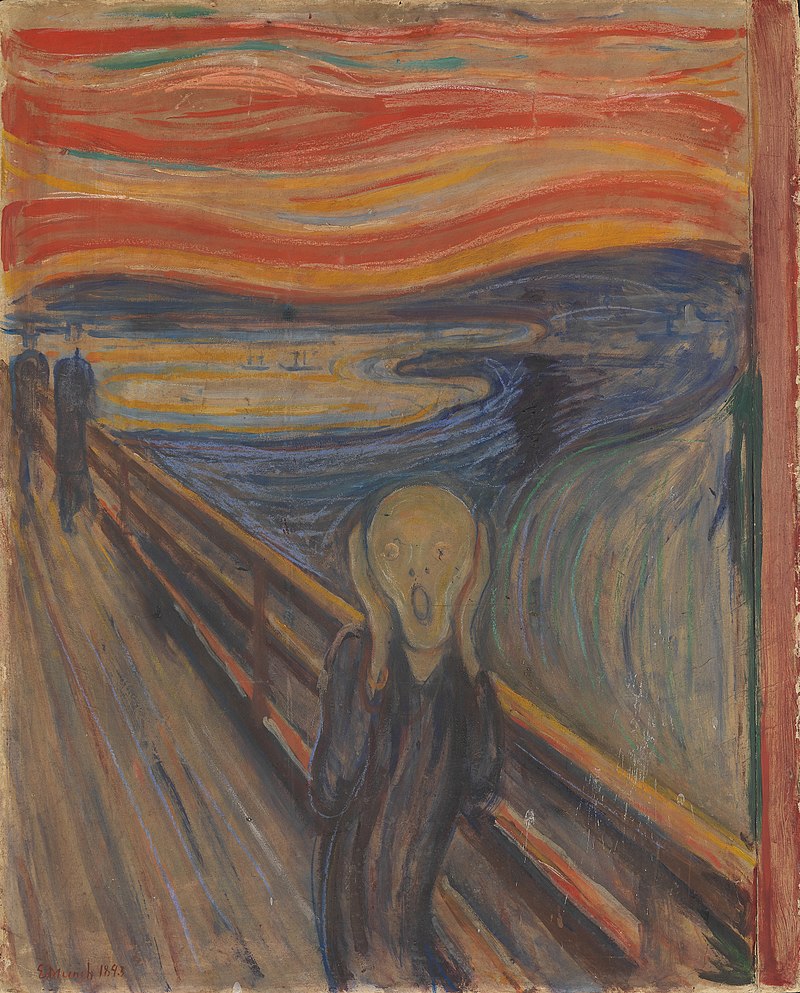

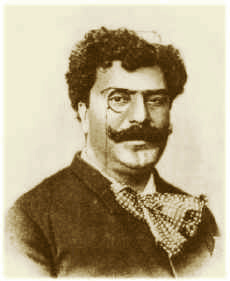

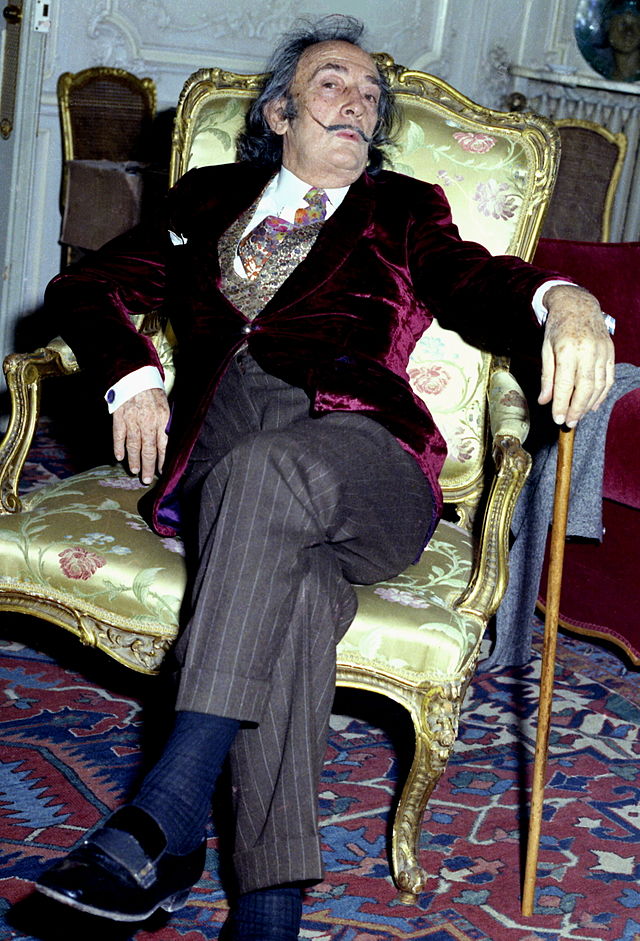

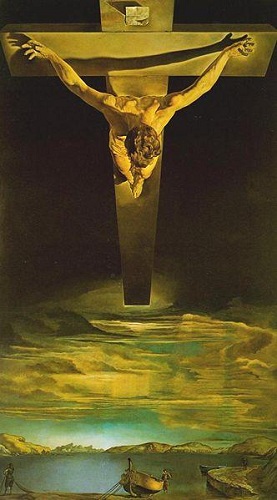


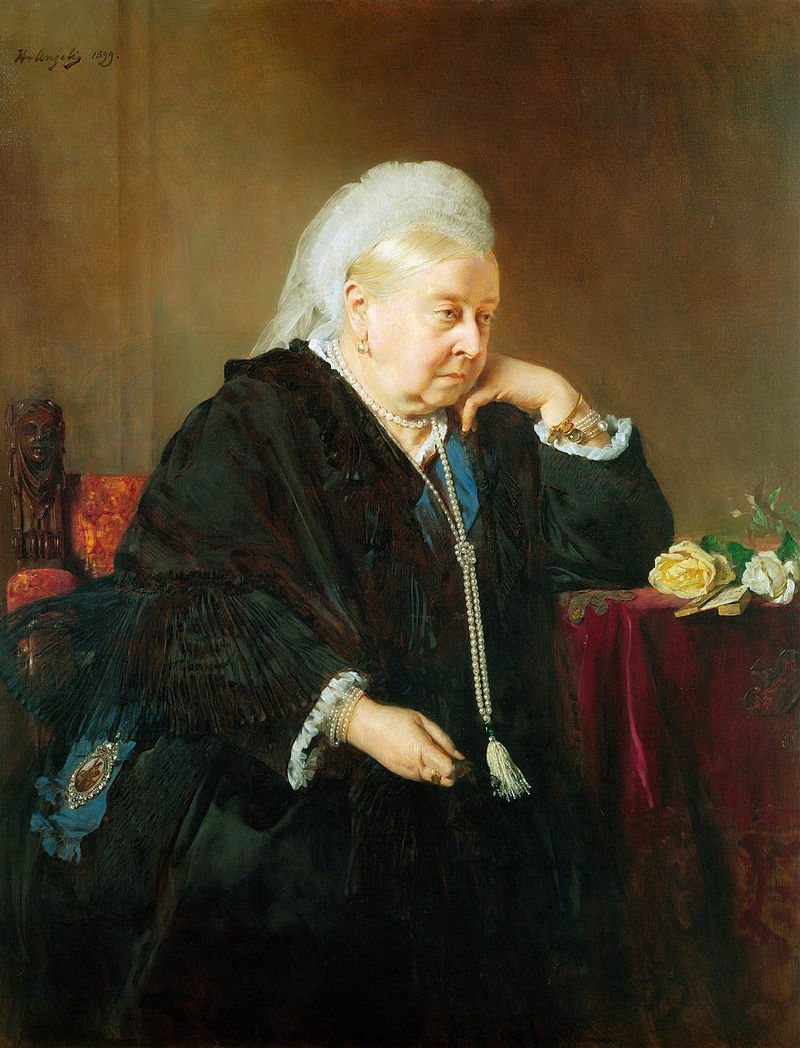
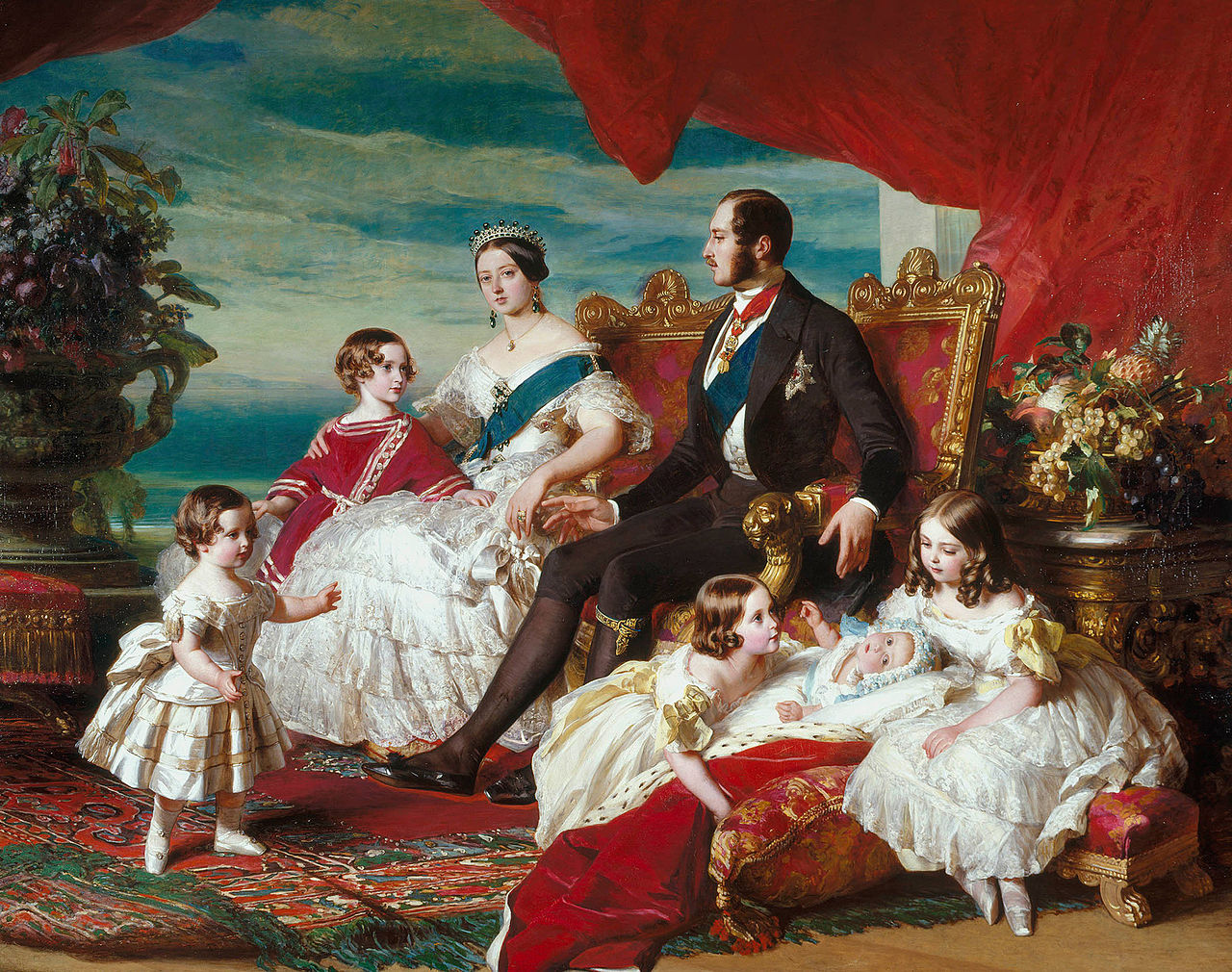
.svg/1024px-Coat_of_arms_of_the_United_Kingdom_(1837-1952).svg.png)


